In the bustling tech hub of Taiwan, President Lin is deep in conversation with industry leaders. The topic at hand? How best to navigate and respond to the latest round of tariffs imposed by the United States.
Trade Tensions
The air is thick with tension as discussions delve into the potential impacts of these tariffs on Taiwan’s tech sector, a vital component of the nation’s economy. With intricate supply chains and close ties to American markets, any shifts in trade policies across the Pacific can send ripples through Taiwan’s business landscape.
Strategies Unveiled
As the meeting progresses, strategies begin to emerge. Some executives advocate for diversifying their export destinations to reduce dependency on US markets. Others propose lobbying efforts to seek exemptions or tariff relief for critical tech components sourced from Taiwan.
This high-stakes dialogue underscores the complex interplay between global politics and local industries. For President Lin, balancing diplomatic relations with economic interests is no easy feat, especially amidst escalating trade tensions that seem to redefine international commerce by the day.
Expert Insights
I reached out to Dr. Chang, an esteemed economist specializing in East Asian trade dynamics, for his take on this unfolding scenario. According to him, “Taiwan’s tech sector stands at a crossroads where strategic decisions made now will shape its competitive edge in a rapidly evolving global market.”
Dr. Chang emphasizes that while short-term responses to tariffs are crucial, long-term resilience hinges on innovation and adaptability. He warns that complacency could leave Taiwan vulnerable in an era where protectionism looms large on the world stage.
The Human Element
Amidst all the numbers and negotiations lies a human element often overlooked – the thousands of workers whose livelihoods depend on Taiwan’s tech industry. From assembly line operators to software developers, their futures hang in balance as leaders strategize behind closed doors.
President Lin understands this human dimension all too well – each policy decision weighs not just on economic charts but also on real families across Taiwan. His task is not only steering through choppy economic waters but also ensuring that ordinary citizens remain at the heart of every decision made.
As dusk settles over Taipei’s skyline, one thing becomes clear: beyond headlines and statistics, it’s ultimately people who bear the brunt and reap the rewards of every trade policy enacted halfway across the globe.
In this intricate dance between nations and industries, President Lin stands as a pivotal figure tasked with guiding Taiwan through stormy seas towards calmer shores – where innovation thrives, businesses flourish, and communities prosper against all odds.


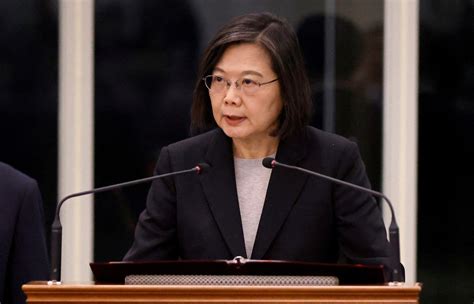

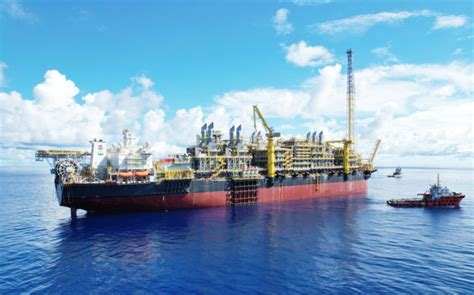
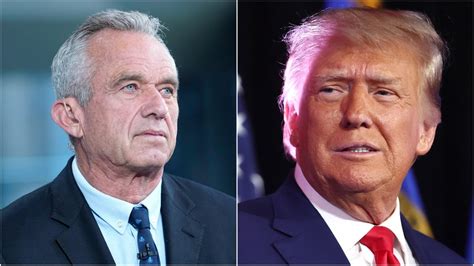
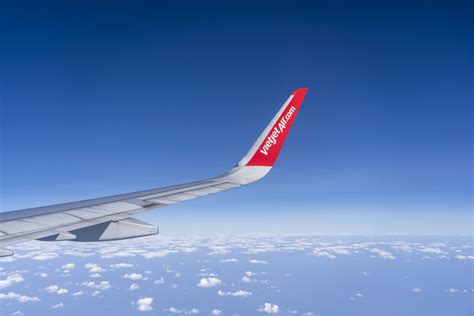

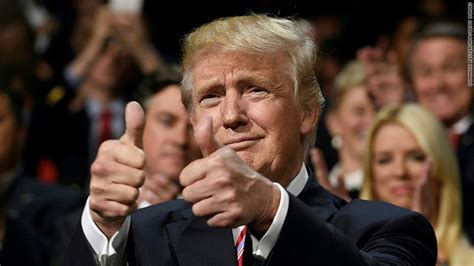
Leave feedback about this